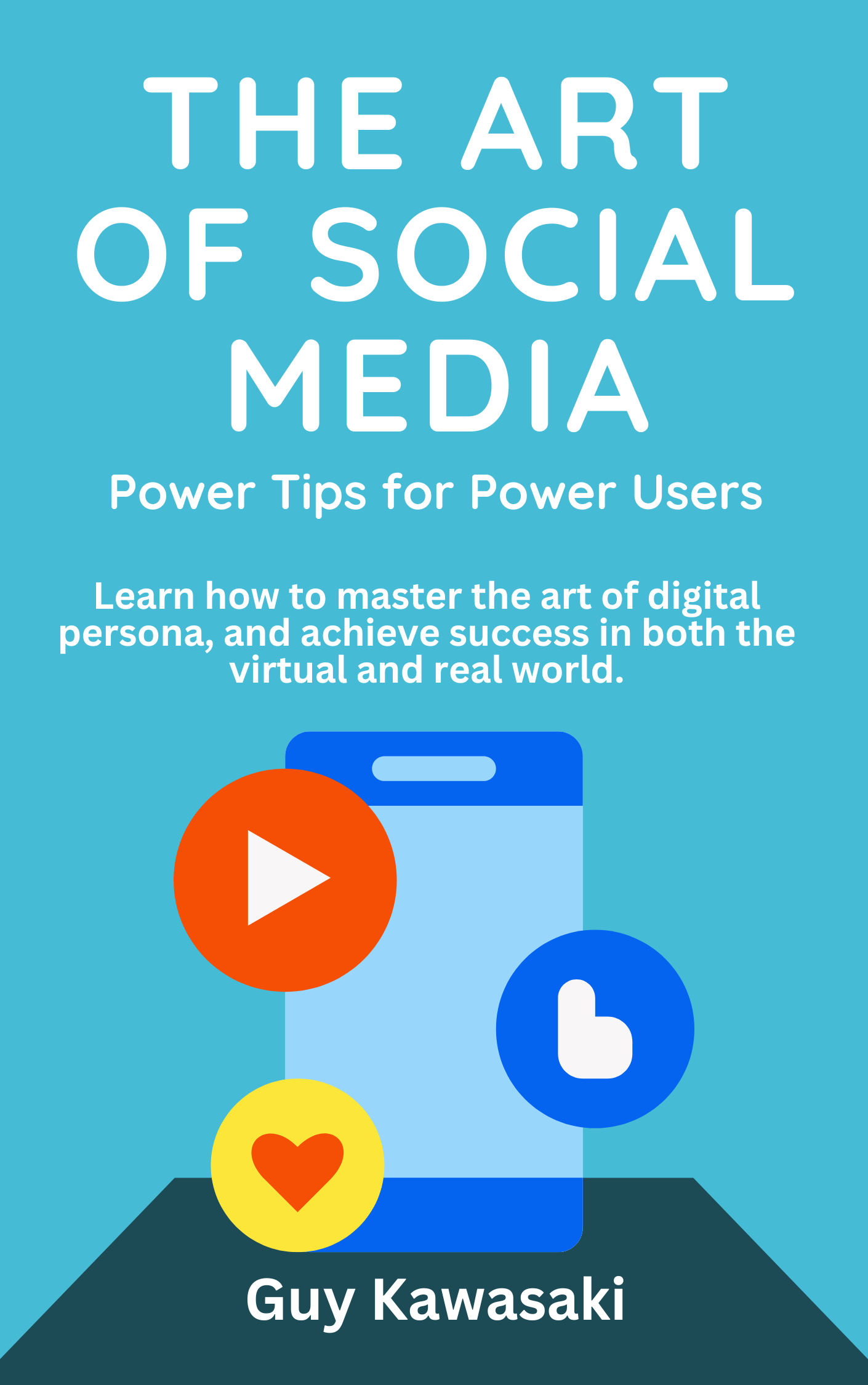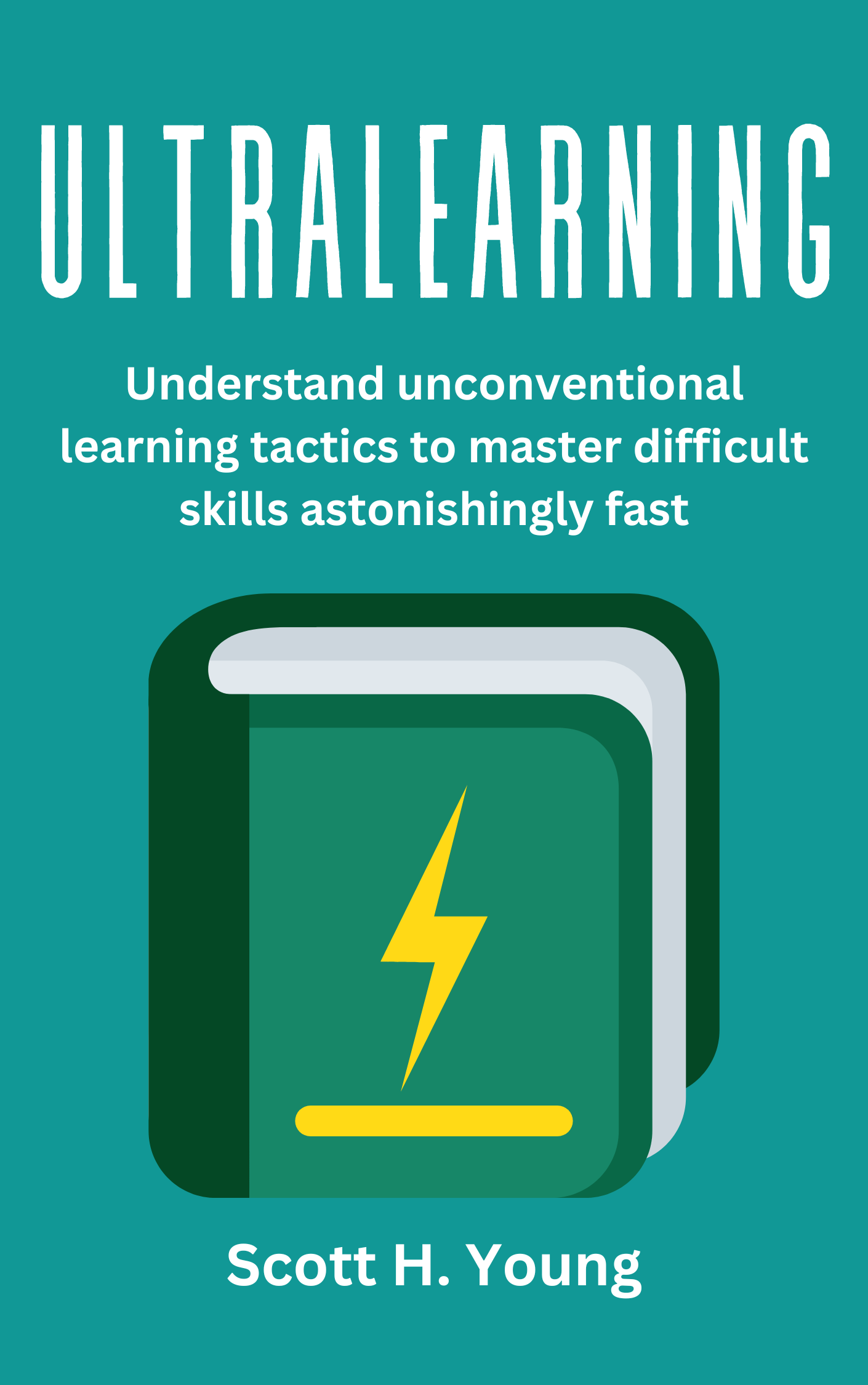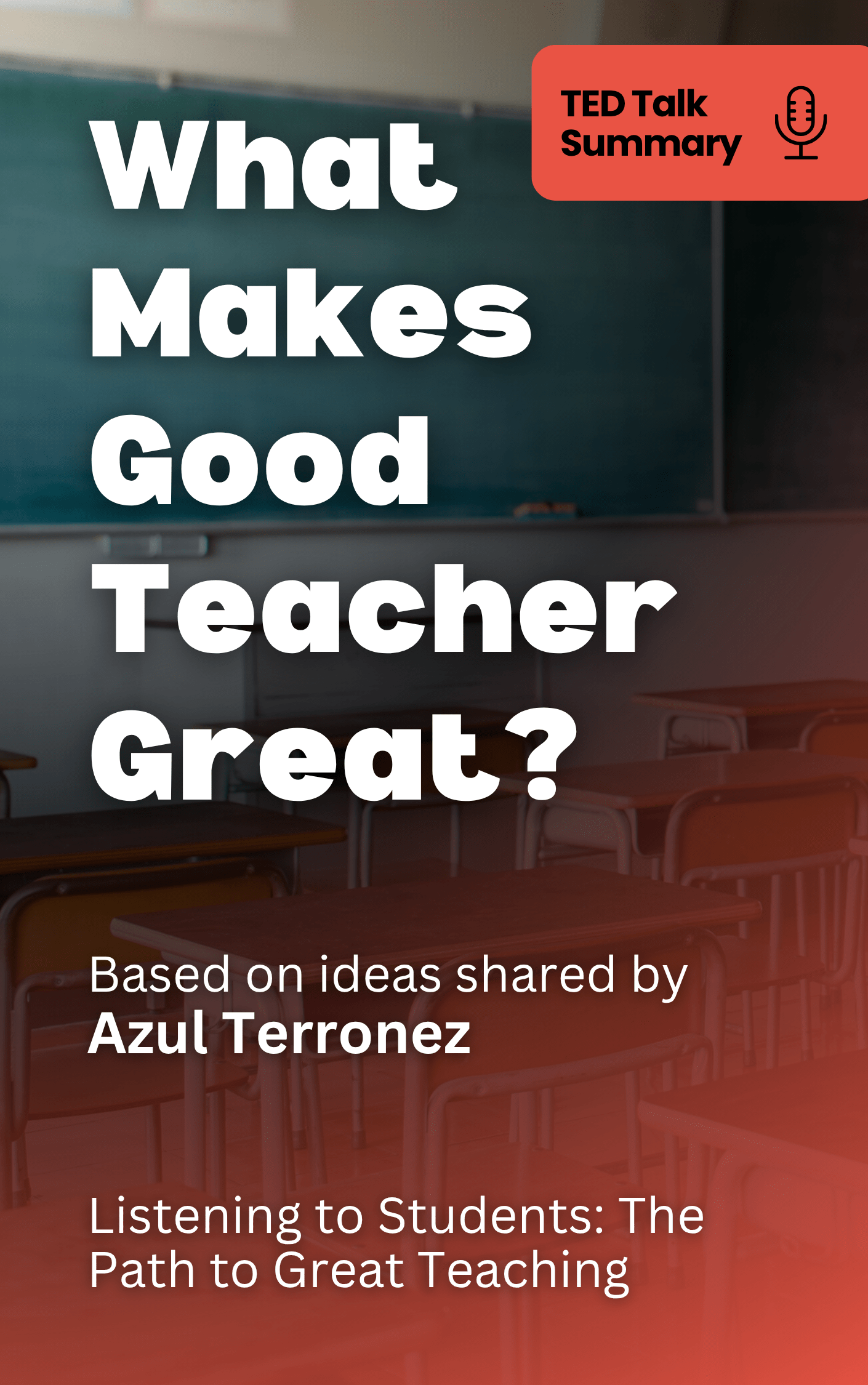Introduction
Isn’t it frustrating when you can't quite describe how you're feeling? Maybe you're scrolling through social media and feel a pang of something – is it jealousy, FOMO, or just boredom? Our emotions can be confusing! Sometimes, there’s a flicker of something you can’t quite name and the struggle to define it begins. At other times, you might struggle to differentiate joy from happiness, shame from guilt. Even if you can define, you might wonder if these feelings are fleeting, or are they whispering something deeper?
This can leave us feeling lost on this vast and uncharted emotional journey, especially when there’s no clear map to guide.
With Brené Brown’s "Atlas of the Heart," we’ll discover tools for navigating these uncharted emotional territories with greater clarity and nuance. It’ll help you identify those confusing emotions and understand why they pop up. This way, you can go from feeling lost to feeling in control, and even build better relationships with the people around you.
Before we begin to chart this course, always remember: "The only journey is the journey within."
The beginning of the magical “Atlas of the Heart”
Brené was on a decluttering rampage, tossing things out. She was never a sentimental keeper of things to begin with. But then, BAM! A dusty box tripped her. Inside, it's not just old junk, it’s a time capsule straight back to her childhood. Not a sunshine-and-rainbows kind of childhood, though. This was a land of unspoken emotions, where grown-ups kept their feelings under lock and key.
Her parents, both products of difficult upbringings, were like actors in a play. So good at pretending everything's perfect while hiding a whole storm of feelings backstage – intense, unspoken feelings all around. No wonder Brené became a master at hyper-awareness, sniffing out emotional clues – a slammed door meant trouble brewing, a forced smile meant sunshine might peek through soon.
The dusty box held relics from this detective work: a lifeguard whistle, a reminder of always being on guard, poems that whispered a secret longing to connect, and a faded mixtape hinting at teenage heartbreak. But the most important find? A question that's been bugging her forever: Why am I so obsessed with understanding emotions?
Turns out, as a kid, Brené thought she had a superpower – predicting emotional meltdowns. Not exactly a cape-worthy ability. It just meant constant vigilance, shielding herself and her siblings from the emotional rollercoaster – a consequence of being the eldest. Like a translator, she deciphered the hidden language of outbursts and silences. She knew what made everyone feel ashamed and how they wanted others to see them. Brené knew who would laugh and who might cry; when to join in and when to stop the jokes. All of it together fueled a lifelong quest to understand emotions and how they take hold of our actions.
The dusty box wasn't just a trip down memory lane. It was a reminder that emotions deserve attention, not silence. This journey of self-discovery was a work in progress, but now, she can finally feel and navigate the "edges" of her own emotional world. It's messy, but it's hers.
To make this understanding yours, let’s dive into the next section!
Navigating Emotions in a Numb World
Brené’s childhood was a crash course in emotions. As a child, she had a piano teacher who used humiliation like a weapon. One day, Brené shared a joke with her friend in the piano class which sparked her teacher’s fury. Her friend was trembling with fear from the teacher’s anger. Knowing that her friend’s family situation was worse than hers, Brené stood for her friend and took the blame for the apparent nuisance in the class. The piano incident wasn't a victory. It showed a deeper problem: most people, like the piano teacher, are clueless about how their actions can hurt others. The teacher bullied the shy girl to feel powerful, maybe to hide her own doubts. When stopped, the teacher got flustered, proving people would rather avoid feeling bad than think about the pain they cause.
Know what would make everyone’s lives easier here? Understanding themselves and each other. Brené had this superpower! She could understand emotions. But not every super power seems worth cherishing at first. In Brené’s own words, with her superpower, she felt like the “eggshells were duct-taped to the soles of her shoes” - she couldn't escape the hypersensitivity towards others’ moods and reactions, it was painful, so she made a bigger distraction. What, you ask?
As Brené entered her late teens and twenties, she drowned her pain under rebellion fueled by beer, cigarettes, and behavior that constantly swayed between girls-just-want-to-have-fun and self-destruction. ! But with the help of an able therapist, she gradually learnt that “taking the edge off” through alcohol was also drowning her superpower – a magic only she had! She learned a valuable lesson: numbing pain numbs you to everything else too. True strength comes from facing your emotions, not running away from them.
The seemingly unrelated piano incident, the partying, the emotional disconnect – they all fit together like a bridge connecting the dots. This self-discovery journey led to this book taking shape. It was a story about understanding the power of emotions, the importance of feeling them all – the good, the bad, and the messy.
Let’s explore this “the good, the bad and the messy” a bit more.
Use emotional granularity to unlock your emotional spectrum
Decoding Your Sadness
Ever curious about what makes us cry? Brené decided to ask their social media followers a simple question: what's your favorite sad movie? The response was overwhelming – over a hundred thousand suggestions poured in, revealing a shared love for films like "Life is Beautiful" and "The Color Purple." And basically every movie that had dog deaths.
Upon analyzing the responses, Brené found a wealth of reasons why people loved these tearjerkers. Words like "beautifully devastating," "relatable," and "felt less alone" echoed throughout the comments. It became clear that sadness, while unpleasant, serves a purpose. It allows us to connect with the human experience, to feel moved and understood.
So, you see, sadness is a totally normal response . It is not wonderful, but important, and we need it. Why? Well, studies suggest it can improve judgment and memory, increase motivation, promote prosocial behavior like generosity, and encourage self-reflection and positive change. It may also help us connect with others. Because by acknowledging and sharing our sadness, we build compassion and empathy. We crave connection with people who understand what we're feeling, and sadness can be a bridge to that connection.
It is also probably why you enjoy a sad movie. It seems strange, but research shows sadness can be linked to enjoyment when it leads to feeling "moved." And it's this feeling of being moved, not the sadness itself, that we enjoy.Point being, that even though it is a familiar emotion, it's misunderstood. We extend sadness to all other emotions we experience when hurting. Sadness isn't just one thing. It's got cousins – like anguish, grief, hopelessness, and despair. These emotions might seem similar, but they're actually quite different beasts, each needing its own special handling. For instance, did you know that sadness and depression cannot be used interchangeably? Because sadness is a temporary response to a negative event, while depression is a persistent state with a cluster of symptoms. Another surprise, sadness is not even the same as grief. It is just one piece of the grief puzzle which is a complex experience involving various emotions and reactions to loss.
So, let’s explore the versions of sad in the next section.
The different faces of sadness
That feeling - so raw, so painful, it seems to seep into your bones - that's anguish. Unlike sadness, a familiar companion in life's lows, anguish is a knotted-up, all-encompassing experience. Brené describes it as a force that "comes for the bones," leaving you physically drained and emotionally numb. Often triggered by shocking or traumatic events, anguish can strike suddenly, leaving you breathless and overwhelmed.
Brené recounts a deeply emotional story to illustrate this. Meet Gabriella, a student who witnessed her best friend, Carmen, grapple with the unexpected. Carmen , brimming with quinceañera excitement - a coming-of-age tradition, was blindsided by grief. Her father, with tearful siblings, presented a family heirloom: a tiara. A bittersweet reminder of her recently deceased mother. But the real blow came with a worn envelope – a letter from her mother meant for this very day. As Carmen read it, anguish engulfed her. Gabriella described it as a moment where Carmen seemed to "sink" into the floor, a primal moan escaping her lips. The room erupted in despair – siblings crumbled, their father collapsed beside them. That’s anguish.
Unfortunately, anguish can be quite isolating creating a feeling of detachment from one's own body. Individuals may perform daily tasks on autopilot, yet internally feel a sense of being "crumpled" or emotionally broken, alone in their pain. Stuck in an emotional limbo. And some might even become perfectionists, building walls to keep vulnerability at bay. But here's the thing: people are incredibly resilient. With the right support, especially through body-centered therapies, they can start to heal.
Now, we’ll look at hopelessness and despair – which are related to anguish but more extreme versions of feeling bad. Hopelessness arises when we feel unable to set goals or see a path forward to get there. It's a suffocating feeling, fueled by negative self-talk and a lack of belief in our own agency. Despair takes it a step further. It's the crushing sense that there's no escape from the pain, that "tomorrow will be just like today," as quoted by theologian Rob Bell. While hopelessness is about one aspect of your life, despair leads to you seeing your entire existence as beyond hope. Both hopelessness and despair can be dangerous, leading to thoughts of suicide.
So, how can we combat all these versions of sadness?
Hope is the key
To counter any bad feeling, we need hope like we need air. It keeps us afloat when we feel like giving in to despair. We might feel trapped, convinced there's no escape from our problems or path to a better future. However, as overly dramatized in movies and books, hope isn't just a magic spell of optimism. . It's a way of thinking, a set of skills that we can develop. Something that can be learned. Kids raised with supportive parents are more likely to learn hopeful thinking. They learn from their struggles and build confidence in themselves.
Maybe that’s the reason researcher C.R. Snyder calls hope the "trilogy of goals, pathways, and agency" – like a three-legged stool. The first leg is having realistic goals, knowing what you want to achieve. The second leg is figuring out how to get there, being flexible and trying new things if you hit a roadblock. The last leg is believing in yourself, knowing you can do it. Hope grows stronger when we face difficulties, when we see that we can overcome challenges and keep going.
So, how do we build hope? One way is by practicing Snyder’s trilogy - setting goals, identifying pathways, and strengthening our belief in ourselves. Another approach comes from Martin Seligman's research on resilience, focusing on three "Ps": personalization, permanence, and pervasiveness.
Meet Sarah. This is how three Ps helped her: Sarah's dream job rejection left her devastated. A text from her friend Emily offered a lifeline. "Is this all your fault, Sarah?" Emily messaged. "Maybe the company was looking for a different skill set.” This is personalization - reminding us that setbacks aren't always our fault.
This sparked a shift. Sarah considered how her skills might be a better fit elsewhere. "And will this define your entire career?" Emily added, "Remember your amazing internship presentation?" This is permanence - challenging the thought that struggles are never-ending.
A memory of Sarah's past success flickered, reminding her of her capabilities. "Finally," Emily said, "Does this one rejection erase everything good? You're talented and supported.” This is pervasiveness - combating the feeling that one negative experience ruins everything.
By practicing these strategies, like Sarah, we can build resilience and replace any bad feeling – grief, sadness, anguish, hopelessness or despair with hope!
Enough with feeling bad and its versions! Let’s talk about feeling happy. Does it also have versions?
The places we go when life is good
Emotions Are Confusing
Our exploration of emotions has taken us on a rollercoaster ride – sadness with surprising benefits, happiness not always sunshine and rainbows. We've learned that our feelings are complex and sometimes contradictory, but that's okay! You can want closeness yet push people away, or feel confident at work but crumble around your mom. That’s just how emotions are. Like two sides of a coin existing together - heads and tails. Meaningless without each other.
Take vulnerability, for example. Brené's quote says it all: "Vulnerability is the first thing we look for in other people, and the last thing we want to show them about ourselves." We're drawn to authentic, imperfect people, but scared to let people see who we really are. We crave connection yet push people away, wanting to experience their vulnerability but fearing to be vulnerable ourselves. Does this mean something is wrong with us?
Absolutely not! Embracing these contradictions with curiosity and kindness, as we have with other emotions, unlocks a deeper understanding of ourselves. Vulnerability can feel like courage in others and inadequacy in ourselves. These emotional paradoxes that teaches us to think deeper and with more complexity. This journey is like any worthwhile adventure: challenging, messy, and ultimately rewarding. So keep exploring, embrace the confusion, and celebrate the beautiful complexity of being human.
Chapter 11
Details coming soon.












